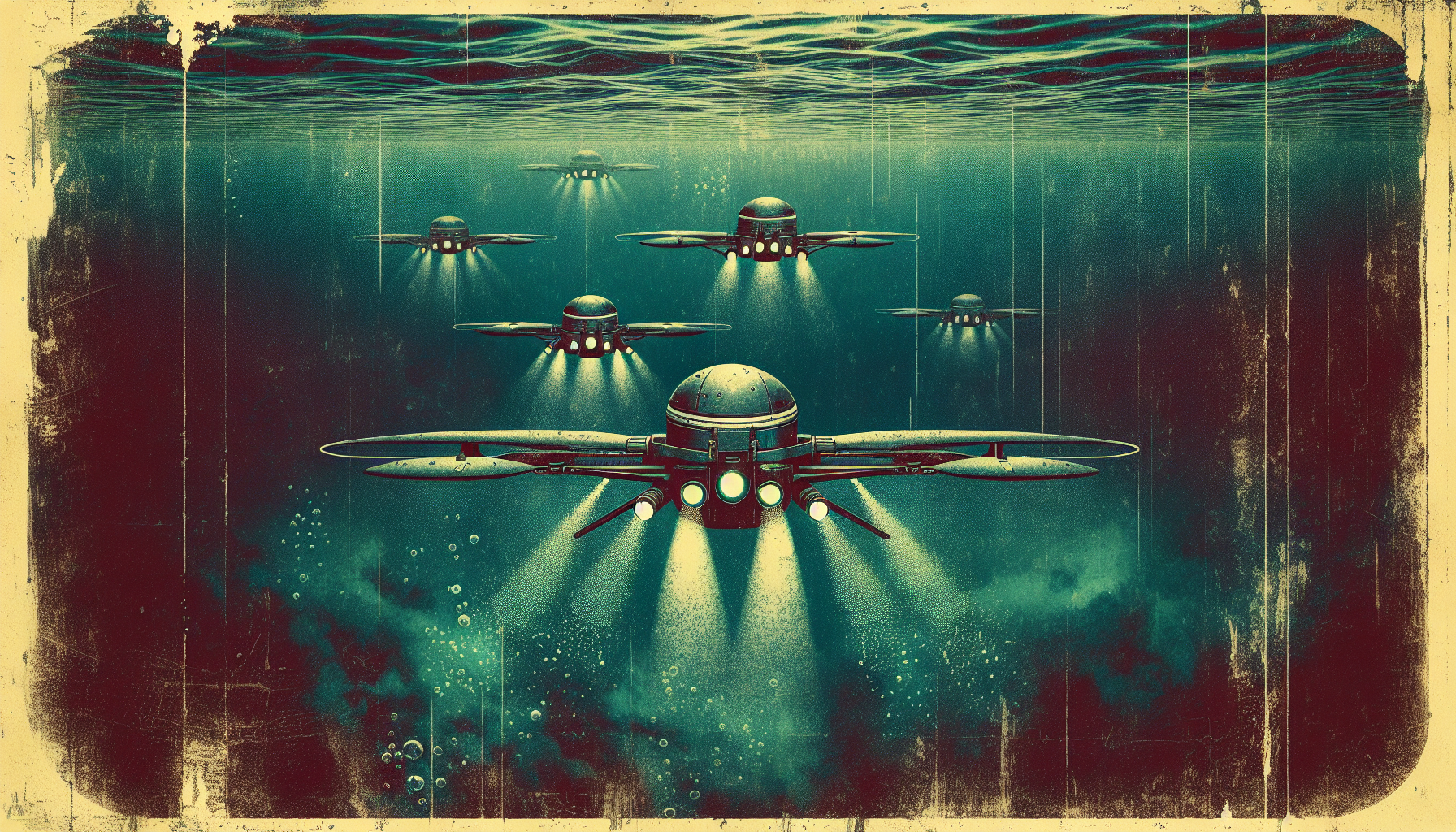The oceans cover much of our planet, holding mysteries and knowledge beneath their waves. Exploring these vast waters has always been a challenge. But now, advanced technology is opening new doors. A team of researchers from the Massachusetts Institute of Technology, working with the University of Wisconsin-Madison, has made a remarkable step forward. They have created autonomous underwater gliders guided not just by engineering skill, but by the intelligence of artificial intelligence (AI).
The Difficulties of Designing for the Deep
Underwater gliders are vehicles that move gracefully and silently through the ocean. Traditionally, these machines are designed like long tubes or torpedoes, shaped to slip easily through water. While efficient, these traditional designs have limits. Real progress has been restricted by the difficulty of modeling how water flows around more complex shapes and the high computing power needed for such calculations. As a result, glider designs have changed little over the years, and their energy efficiency has never reached what nature can achieve.
AI: A New Tool for Ocean Design
To break these limits, the MIT team turned to artificial intelligence. They developed an automated design framework powered by machine learning, ready to explore uncharted territory in both design and function.
Their process starts with collecting data—not just from current underwater vehicles but from marine animals known for their efficient motion, such as whales, manta rays, sharks, and seals. These forms are then placed inside “deformation cages,” mathematical structures that let the AI twist, bend, and stretch the animals’ and vehicles’ shapes into entirely new designs—all within the bounds of what can exist and move underwater.
The Wonders of AI-Designed Gliders
- Nature as Inspiration: The AI studies natural shapes renowned for efficiency. It then creates hundreds of unique glider designs inspired by nature, many of which would never have occurred to human engineers. This partnership of technology and the wisdom of evolution leads to totally new forms, some reminiscent of sea creatures gliding through the deep.
- Optimal Performance: Energy is precious in the ocean. The AI focuses on maximizing the lift-to-drag ratio—a measure of how effectively a body moves through water. It does this by tuning both the shape of the glider and its control patterns, co-designing every aspect to make each journey as smooth and efficient as possible.
- Testing and Validation: Ideas are proven through action. The most promising AI-designed gliders have been built and tested, not just in simulations but in the real world. Experiments in wind tunnels and swimming pools show that these new forms are even more energy-efficient than the best human-designed versions.
The Future of Ocean Discovery
The impact of these AI-designed underwater gliders is profound. These machines are perfectly suited for long-range exploration and environmental monitoring. They can gather vital data about ocean conditions—temperature, salinity, currents—helping scientists understand the complex and fragile systems beneath the waves. With better gliders, it becomes possible to monitor climate change and explore unexplored regions with greater care and depth.
This approach is part of a greater shift. By merging AI with physical devices, researchers and engineers are giving machines a kind of adaptive intelligence—embedding “brains” in hardware made for the real world. Underwater gliders designed by AI are only one example. They show how technology can learn, adapt, and even surpass the natural solutions perfected through millions of years.
A New Era Beneath the Surface
The work pioneered by MIT and its partners is not just about building better machines. It is about deepening our connection to the ocean. With the help of AI, explorers now have vessels shaped by both nature and intelligence, ready to glide silently through the sea, gathering knowledge that could protect our planet for generations. This union of technology and reverence for the natural world signals a hopeful direction for our ongoing journey beneath the surface.

Leave a Reply